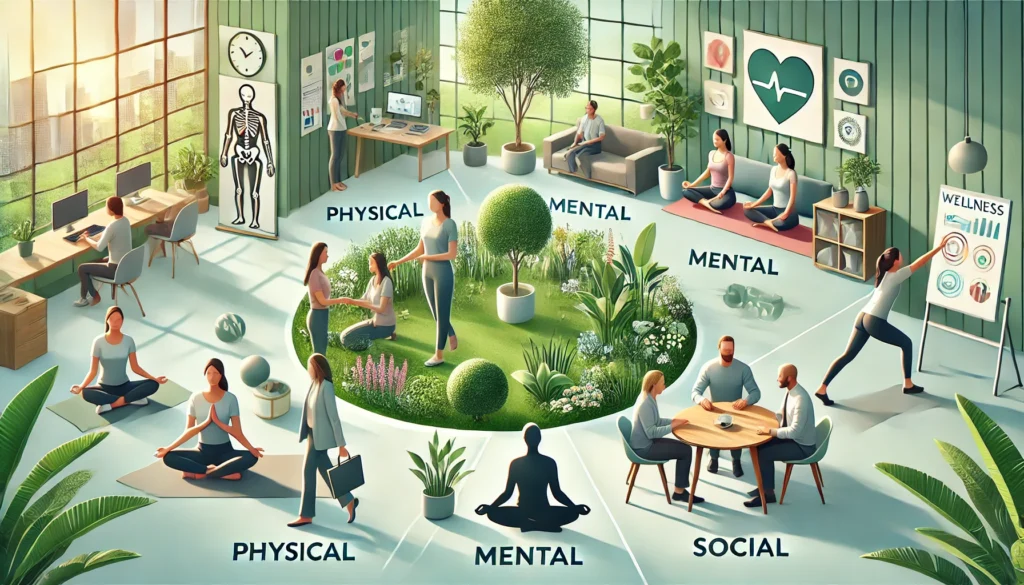Harmony in Progress: Embracing Integrative Growth for Lasting Success

Introduction:
Integrative growth is an innovative and holistic strategy that emphasizes balanced and interconnected development, fostering progress that aligns various aspects of an individual, team, or organization. Unlike traditional growth models that may prioritize specific areas independently, integrative growth brings together diverse elements—such as skills, resources, and goals—to work cohesively, creating a more resilient foundation. This approach ensures that growth is sustainable, interconnected, and adaptable, equipping individuals and organizations to thrive in complex environments. In a world where change is constant, integrative growth is increasingly essential for long-term success, as it encourages development that is both comprehensive and flexible.
Key Features of Integrative Growth:
- Holistic Development:
Integrative growth promotes overall development by focusing on multiple dimensions. For individuals, this may include personal, professional, emotional, and social growth. For organizations, it means the alignment of various departments, functions, and skills to ensure all parts are evolving together. - Interconnectedness:
This growth model values the relationships and interactions between different aspects. By creating a strong web of connections, integrative growth allows teams or individuals to support one another, leading to collaborative success and a strong support network. - Collaboration and Synergy:
Integrative growth prioritizes collaboration, encouraging individuals and teams to leverage each other’s strengths. This synergy enhances problem-solving capabilities and fosters innovation, as different perspectives and skills combine to generate creative solutions. - Adaptability and Resilience:
One of the critical goals of integrative growth is to build resilience. By developing multiple areas in tandem, individuals and organizations are better prepared to face challenges and adapt to change. This adaptability is vital in dynamic environments, where the ability to pivot and adjust to new circumstances determines ongoing success. - Balanced Progress:
Rather than focusing on rapid gains in one specific area, integrative growth emphasizes balanced, steady advancement across all relevant aspects. This balanced approach helps prevent burnout, reduces resource strain, and ensures that progress is sustainable. - Continuous Learning and Improvement:
Integrative growth encourages a mindset of continuous learning. Whether for an individual or a team, the focus remains on acquiring new skills, learning from experiences, and integrating new knowledge to refine and improve overall performance.
Conclusion:
Integrative growth provides a pathway to meaningful, balanced, and sustainable development, essential for individuals and organizations in today’s complex world. By prioritizing holistic development, interconnectedness, and collaboration, this approach allows for adaptive, resilient, and long-term progress. Integrative growth moves beyond traditional development models, recognizing that true growth requires a synthesis of various elements working in harmony. Embracing this strategy can lead to stronger foundations, more innovative solutions, and a readiness to face future challenges with flexibility and strength. Ultimately, integrative growth is a powerful tool for anyone seeking to foster comprehensive advancement that is both impactful and enduring.






Responses